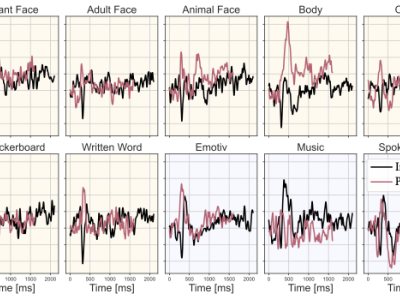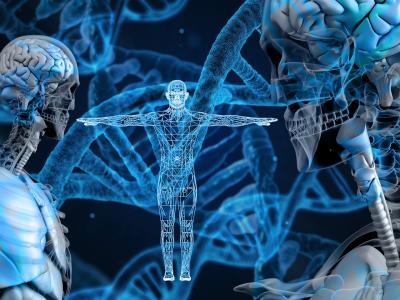
This dataset collects the responses elicited in 10 different subjects brain when imagining 10 different semantic categories of stimuli belonging to visual and auditory domain.
The responses are acquired using an electrodes cap. The 126 electrodes are placed accordin to the 10/5% system by Oostenveld.
- Categories:

